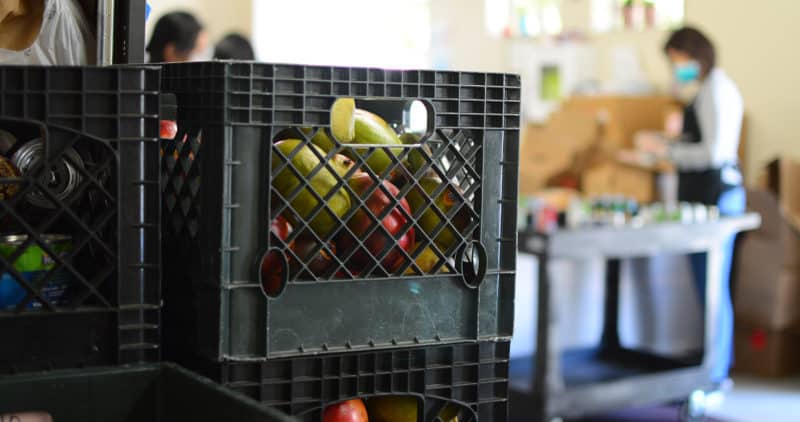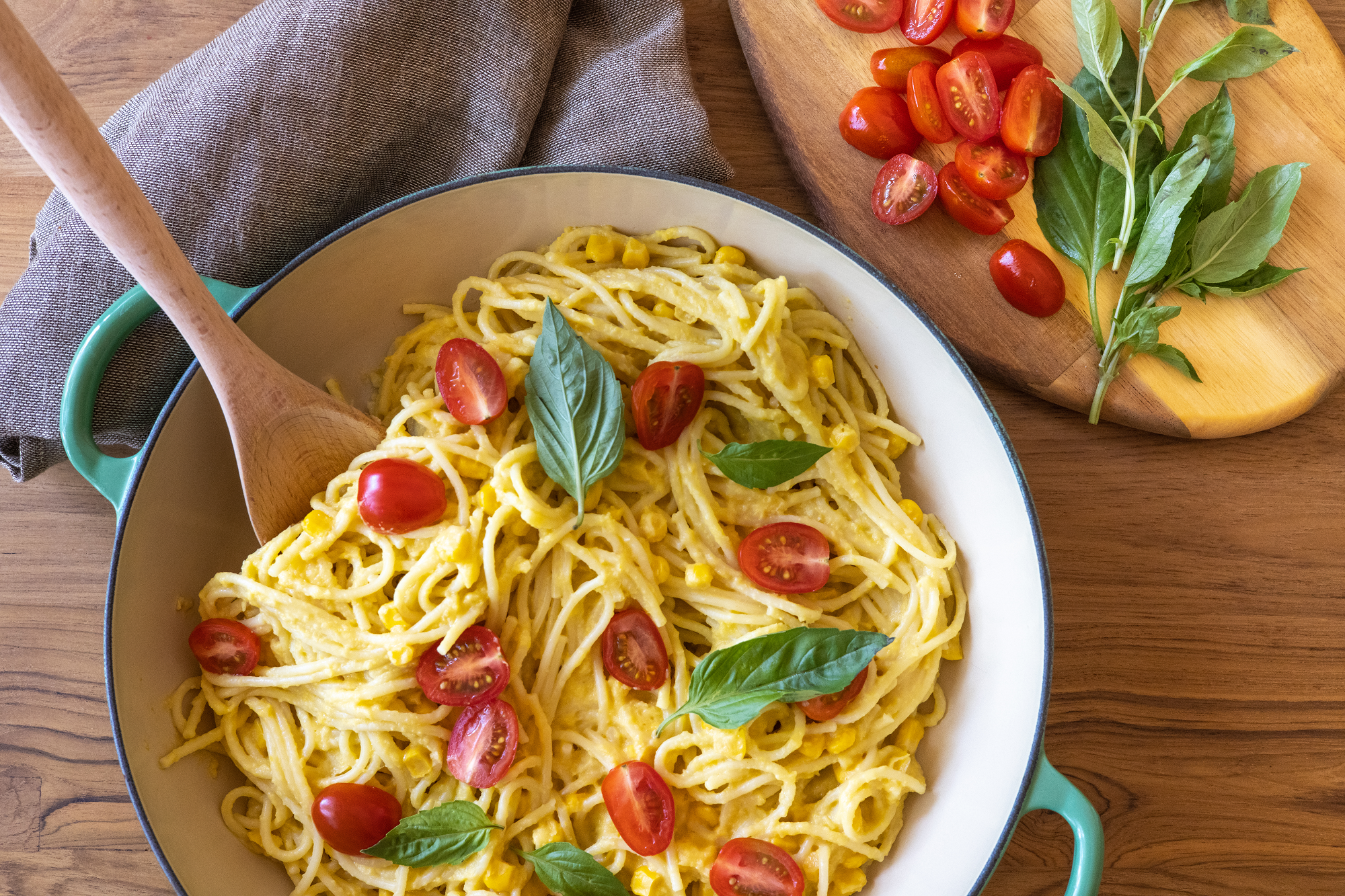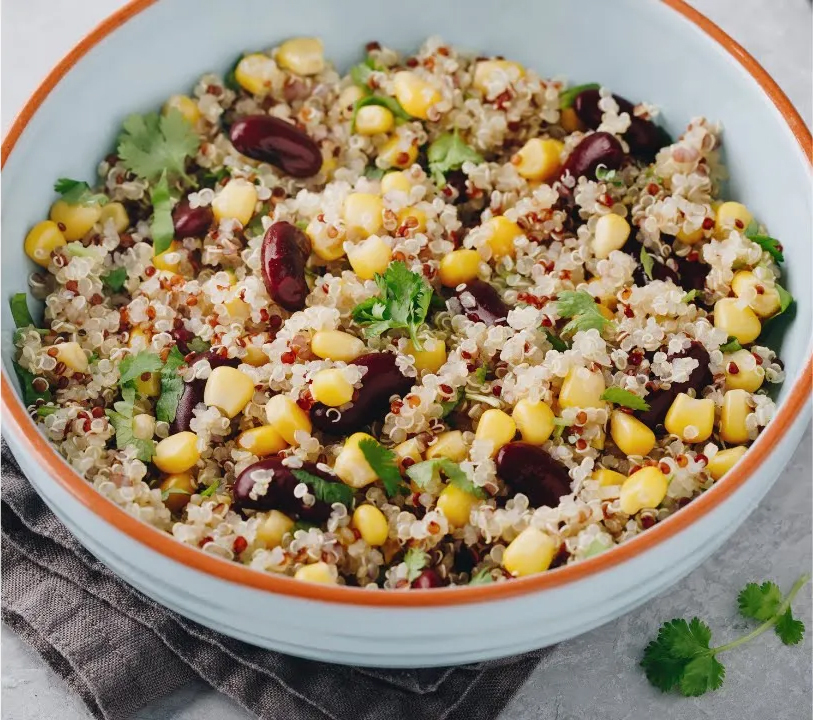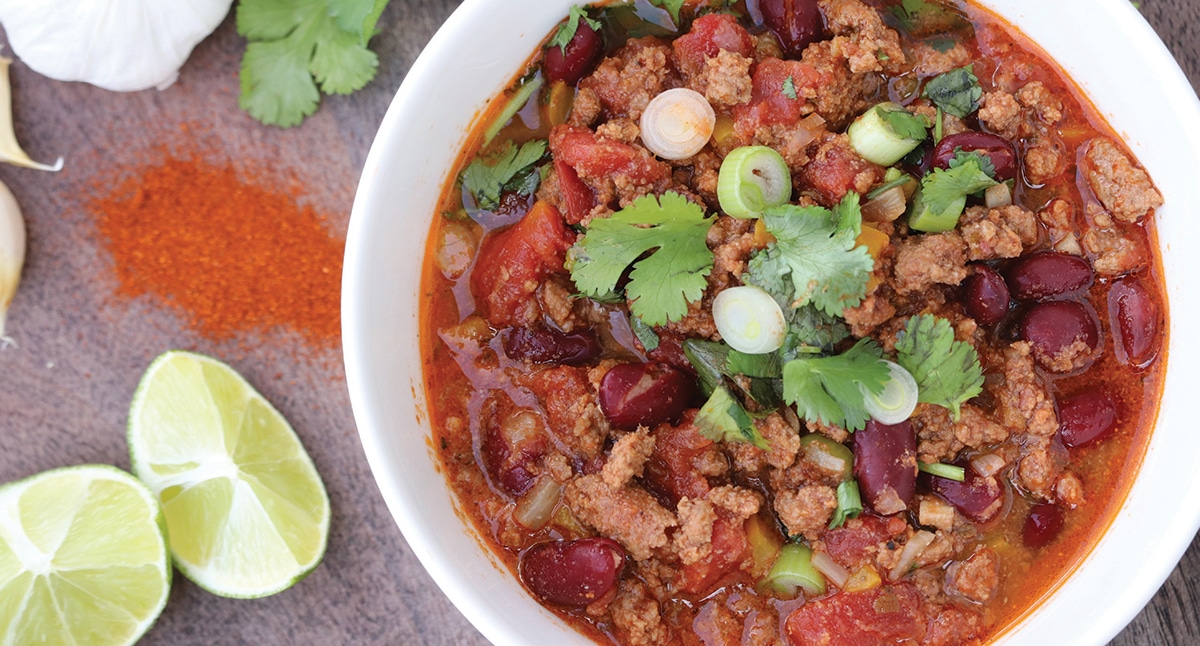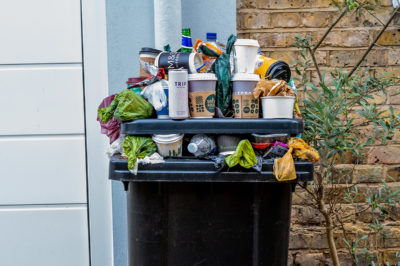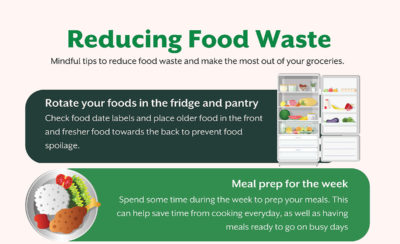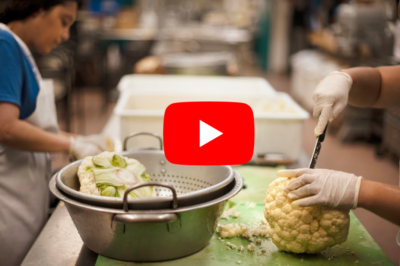Did you know that nearly 40% of all food in the U.S. is wasted? In California alone, nearly 6 million tons of food is wasted each year. Rescuing fresh produce from farms and nutritious groceries from retail stores – good food that would otherwise go to waste – is one way that Second Harvest is able to help solve climate change.
Second Harvest has rescued good food for decades from farms, wholesalers and retailers, and we now divert millions of pounds from landfills annually. In fact, last year we rescued more than 85 million pounds of high-quality food and distributed it to neighbors facing hunger in Silicon Valley.
The Impact of Senate Bill 1383
Now, California Senate Bill 1383’s (SB 1383) mandate that businesses salvage edible food has increased the amount we receive from grocers and wholesalers because we are a leader in getting that good food to people who need it.
“Second Harvest is committed to providing more diverse foods to our clients while doing our part to reduce greenhouse gases created through food waste,” said Melissa Gaherty, Second Harvest regional food sourcing manager. “We help businesses comply with SB 1383, which requires them to donate more of their surplus, quality food. This means that more healthy food is available for people who are hungry, and less goes into landfills.”
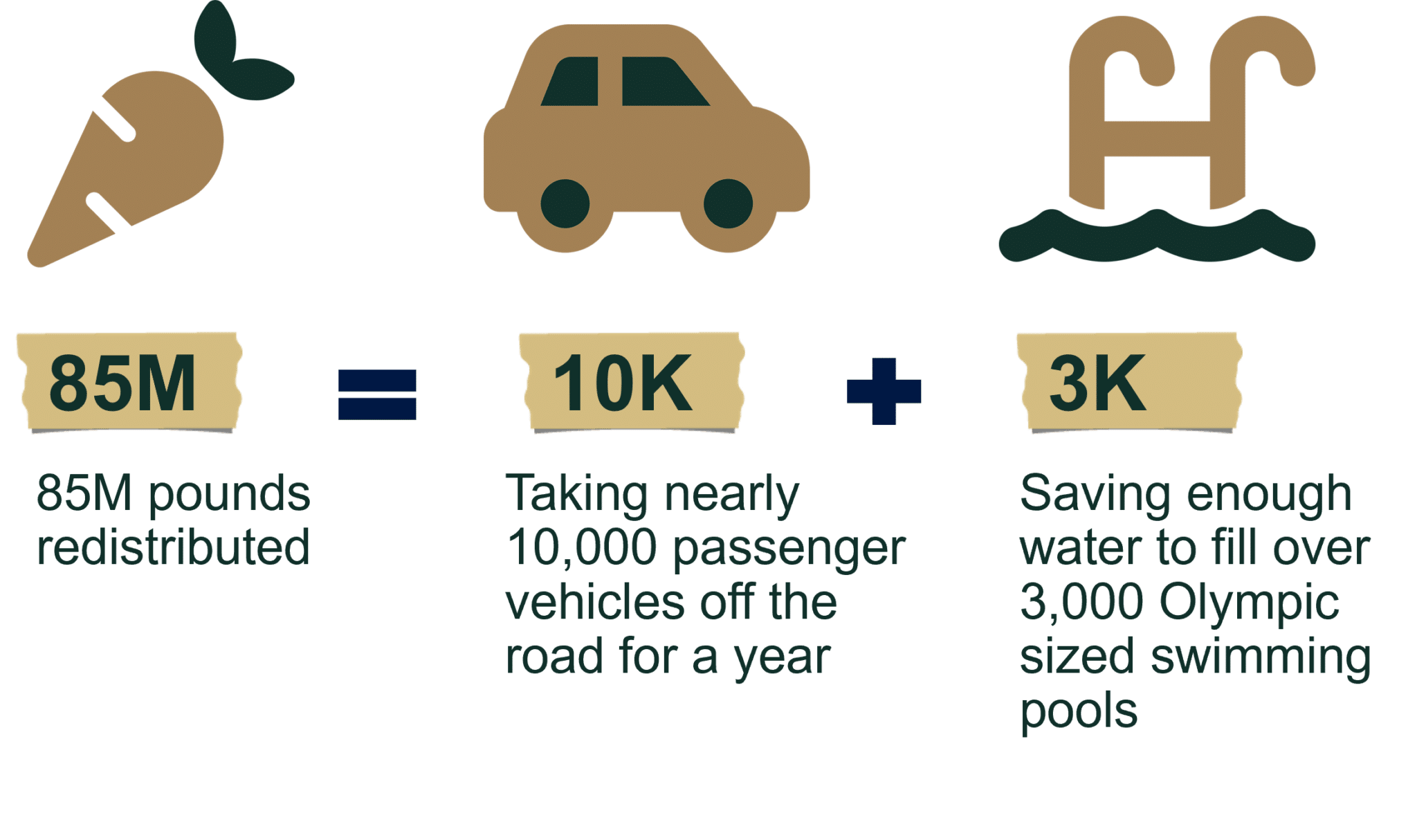
Keeping Rescued Food Out of Landfills
Providing our clients with a nutritious mix of food is a top priority. More than half the food we distribute — 69 million pounds — is fresh, nutritious produce, and much of that is recovered directly from farms.
Rescued food reduces waste and our carbon footprint and expands the assortment of groceries we provide our clients. In addition, in fiscal year 2022-2023:
- We redirected over 85M pounds of food from landfills and other less desirable destinations, saving 44,473 tons (or over 88M pounds) of carbon dioxide and over 2 billion gallons of water. This is equivalent to taking nearly 10,000 passenger vehicles off the road for a year and saving enough water to fill over 3,000 Olympic sized swimming pools, according to the ReFED Insights Engine Impact Calculator.
- 68% of the food we sourced was recovered from growers, food manufacturers and retailers. We rescued over 57M pounds of food from being plowed under in the field.
- Our food rescue team connected more than 90 agencies to over 33,000 pickups from grocery donors for a total of over 4.9M pounds of grocery rescue.
There are real costs for Second Harvest to keep food out of landfills and get it to people experiencing food insecurity. Picking up, transporting, and turning it very, very quickly requires a lot of volunteers, staff and financial resources. We are able to keep up with the costs of these efforts through the continued financial support of the community.
“For us, ensuring that the food we’re getting to people is good quality and nutritious is always going to come first,” says Tracy Weatherby, Second Harvest vice president of strategy and advocacy. “But because of the work we’re doing, we are really helping with the environment and reducing greenhouse gases.”
